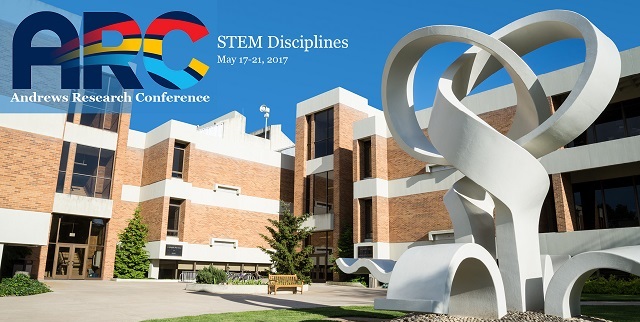PV Inhibitory Neurons First to Respond and First to Adapt
Presenter Status
PhD Candidate, Biological sciences
Second Presenter Status
Assistant Professor, Biological Sciences
Presentation Type
Oral Presentation
Session
A
Location
Chan Shun 108
Start Date
18-5-2017 11:20 AM
End Date
18-5-2017 11:40 AM
Presentation Abstract
Activity of cortical inhibitory interneurons is rapidly reduced in response to monocular deprivation during the critical period for ocular dominance plasticity, as well as to salient events encountered during learning. In the case of primary sensory cortex, a decrease in mean evoked firing rate of parvalbumin-positive (PV) inhibitory neurons is causally linked to a reorganization of excitatory networks following sensory perturbation. Converging evidence indicates that deprivation, not an imbalance between eye inputs, triggers rapid plasticity in PV neurons; however, this has not been directly tested in vivo. Using two-photon guided cell-attached recording, we examined the impact of closing both eyes for 24 hours on PV neuron response properties in mouse primary visual cortex. We found that binocular deprivation induces a 30% reduction in stimulus-induced mean evoked firing rate. We further examined whether this reduction in stimulus-induced mean evoked firing rate was dependent upon the receptor tyrosine kinase ErbB4. If ErbB4 is absent, then the visual system does not undergo ocular dominance plasticity. PV neurons lacking ErbB4 do not exhibit a reduction in firing rate following closing both eyes, which is likely why ocular dominance plasticity does not occur. These data establish that open-eye inputs are not required to drive deprivation-induced weakening of PV neuron evoked activity but that ErbB4 is required.
Biographical Sketch
Berquin Feese is a fifth year Ph.D. candidate in the biological sciences department at Carnegie Mellon University in Pittsburgh, PA. He plans to finish his Ph.D. in 2017 and then plans to become a professor. He earned his BS in chemistry from William Carey University in 2011. His research focuses on understanding the role of parvalbumin expressing (PV) inhibitory neurons in development and plasticity within the visual cortex of mice. He uses in vivo electrophysiology paired with deprivation paradigms and molecular perturbations to probe the responses of PV neurons to different stimuli and conditions. He is a member of the society for neuroscience, faculty for undergraduate neuroscience, the center for the neural basis of cognition, and other organizations.
PV Inhibitory Neurons First to Respond and First to Adapt
Chan Shun 108
Activity of cortical inhibitory interneurons is rapidly reduced in response to monocular deprivation during the critical period for ocular dominance plasticity, as well as to salient events encountered during learning. In the case of primary sensory cortex, a decrease in mean evoked firing rate of parvalbumin-positive (PV) inhibitory neurons is causally linked to a reorganization of excitatory networks following sensory perturbation. Converging evidence indicates that deprivation, not an imbalance between eye inputs, triggers rapid plasticity in PV neurons; however, this has not been directly tested in vivo. Using two-photon guided cell-attached recording, we examined the impact of closing both eyes for 24 hours on PV neuron response properties in mouse primary visual cortex. We found that binocular deprivation induces a 30% reduction in stimulus-induced mean evoked firing rate. We further examined whether this reduction in stimulus-induced mean evoked firing rate was dependent upon the receptor tyrosine kinase ErbB4. If ErbB4 is absent, then the visual system does not undergo ocular dominance plasticity. PV neurons lacking ErbB4 do not exhibit a reduction in firing rate following closing both eyes, which is likely why ocular dominance plasticity does not occur. These data establish that open-eye inputs are not required to drive deprivation-induced weakening of PV neuron evoked activity but that ErbB4 is required.




Acknowledgements
PA Department of Health Formula Grant SAP#4100062201
NIH RO1EY024678